I am incredibly interested in the human body – its strengths and vulnerablilites, and how we can put various parts of it through trials by poison, dangerous substances and practices and how it responds. I wanted to look at the human skin as a canvas
as a canvas , rather than an organ, to examine and expand on how it would be distorted by these poisonous substances.
, rather than an organ, to examine and expand on how it would be distorted by these poisonous substances.
After beginning research into plants and berries that are poisonous to humans I realised that I wanted to focus on the external effects rather than the internal effects caused by eating or touching these plants. I found that plants and berries often only cause internal effects – which was no good for what I wanted as I wanted to see distortions and abnormalities, interesting and horrible textures which turned soft smooth skin into something alien and distorted. I wanted it to no longer resemble skin, so it looked as if it was another thing altogether and to translate that into design.
I then had to consider how to achieve this; my research led me on to food allergies . I was drawn, at first into the effects that hives (a general rash caused by an allergic reaction to food) can have on smooth unspoiled skin. The more I researched, the more images I found of rashes that had similar qualities to hives. Despite difficulties in finding interesting and detailed images that would work well as source material for my project I eventually got a good selection.
. I was drawn, at first into the effects that hives (a general rash caused by an allergic reaction to food) can have on smooth unspoiled skin. The more I researched, the more images I found of rashes that had similar qualities to hives. Despite difficulties in finding interesting and detailed images that would work well as source material for my project I eventually got a good selection.
I disregarded swelling along the way after initially thinking about using this to inform the form of my vessels. However, the intricacy of the rashes interested me much more. Having looked at relevant artists work (Tamsin Van Essen – Medical Heirlooms and Luke Jerram – Glass Microbiology) it inspired me to concentrate on this area; encouraging me to begin making samples . I also looked into Lucie Libotte and Jessamy Kelly, who’s work I felt was relevant.
. I also looked into Lucie Libotte and Jessamy Kelly, who’s work I felt was relevant.
Tamsin Van Essen
Luke Jerram
Having been given more time on this project I would’ve further investigated various techniques for example, finding naturally-occurring clay, dig it up and fire it to stoneware. The clay would be earthenware so firing it to a higher temperature would cause natural blistering and cracking which is an effect I could have experimented with. I realised how much I was rushing into extending and generating my ideas through making, missing out the design and planning stages in my sketchbook.I had to take a step back to think about designing and drawing before beginning making samples and objects.
Whilst undertaking the metal workshop I learnt how to, silver solder on a small scale, make jump rings and how attach objects to metal in various ways (avoiding hot processes). I found the glass workshop a lot more relevant to my line of enquiry. I began to make test samples in the kiln that had qualities of rashes, with a view to producing vessels that expressed these textures on their surfaces. Although I had originally wanted to create the textures and patterns of the rashes in metal and glass, I discovered through experimenting in ceramics that this was definitely the material that gave me the best results. Finding a material that worked well in creating these textures was a success.
After creating samples where I aimed to achieve the effect and texture of skin, I went on to experiment with creating the texture and pattern of the rashes in the clay. I used ivory stoneware as it is light in colour and I wanted a clay that would be easy to add colour to when oxiding. This process took a lot of trials as many pieces were not quite right – I experimented with different techniques and materials and at one point nothing seemed to be working. I wasn’t happy with any of my outcomes when oxiding and had to go back and begin mixing colours and experimenting with various ways of application. I was finally happy with one glaze/oxide combination so was able to test this combination on on a larger range of samples. I hadn’t wanted to glaze over my pieces as I didn’t want it to overpower the fine detail on the surface but found that a clear shiny earthenware glaze helped create the colour I wanted.
I spent a lot of time thinking about form and utility – a very shallow bowl meant that all of the attention was on the texture of the surface but I also liked the idea of having to touch the rash as well as look at it (mug, cup or cutlery). I decided on a bowl and spoon/scoop as this meant that the attention was still on the texture and patterns of the bowl but you also had to bring the ‘rash’ to your mouth. I wanted the most sensitive parts of the body to come into contact with the disturbing textures to create a reaction and stir emotion.
I had wanted to create the texture of the rash on the underside of the scoops so that it had to be touched it but I didn’t like the visual effect of this as much as having the texture on top. I decided to glaze my pieces where (if they were to be used) food would touch. I needed a pour out hole for the glaze so made this the area where the scoop sits in the bowl. I was using a stoneware clay but used clear shiny earthenware glaze as the colours remain brighter and more vivid when fired only to earthenware. All these technical changes and experiments were tiresome but rewarding at the same time as I could see my final work coming closer and closer. I experienced a real sense of achievement with each successful firing. The textures were tactile and attractive, but the subject matter abhorrent – combing the two was quite an achievement.
Having a personal interest into the area I looked at during this project has really helped me to keep motivated and inspired. I am very happy with the project I chose and wish that I had longer to investigate and experiment further with materials and testing. I don’t feel I have come to a complete conclusion and would’ve liked to create something that I felt was more finished, however I am happy with the samples and pieces I have created. I was happy with the surface textures and effects I created in glass and ceramics but not as much with the vessels and forms created towards the end of my project. I would’ve liked to experiment further in both materials and looked at combining them – if I had had longer then I would’ve liked to improve my skills in both mediums.
1117 words


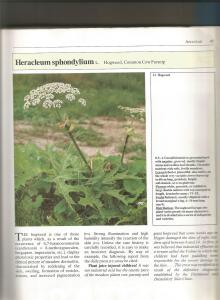
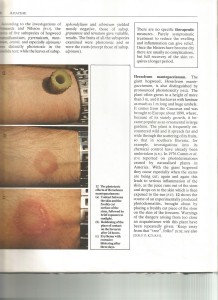
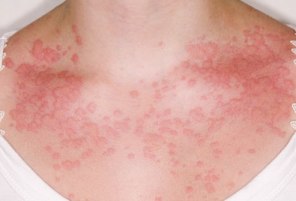
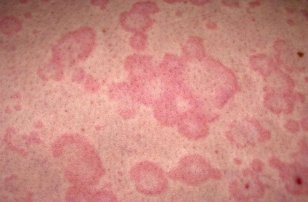
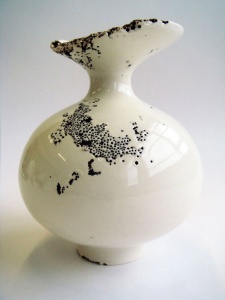
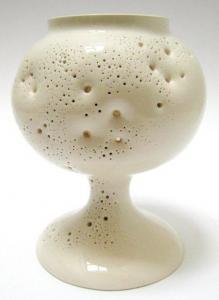
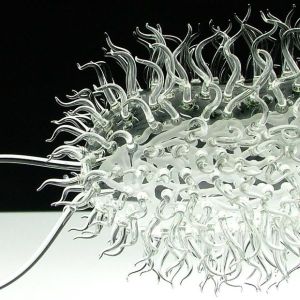
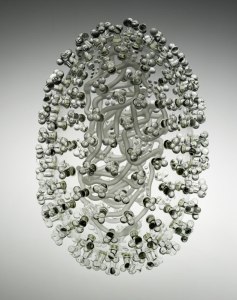
![IMG_2828[1]](https://kittyalexandrajones.files.wordpress.com/2015/02/img_28281.jpg?w=300&h=300)
![IMG_2677[1]](https://kittyalexandrajones.files.wordpress.com/2015/02/img_26771.jpg?w=225&h=300)
![IMG_2753[1]](https://kittyalexandrajones.files.wordpress.com/2015/02/img_27531.jpg?w=225&h=300)
![IMG_3369[1]](https://kittyalexandrajones.files.wordpress.com/2015/02/img_33691.jpg?w=225&h=300)
![IMG_3641[1]](https://kittyalexandrajones.files.wordpress.com/2015/02/img_36411.jpg?w=225&h=300)
![IMG_3646[1]](https://kittyalexandrajones.files.wordpress.com/2015/02/img_36461.jpg?w=300&h=225)
![IMG_3648[1]](https://kittyalexandrajones.files.wordpress.com/2015/02/img_36481.jpg?w=300&h=225)
![IMG_3643[1]](https://kittyalexandrajones.files.wordpress.com/2015/02/img_36431.jpg?w=300&h=225)